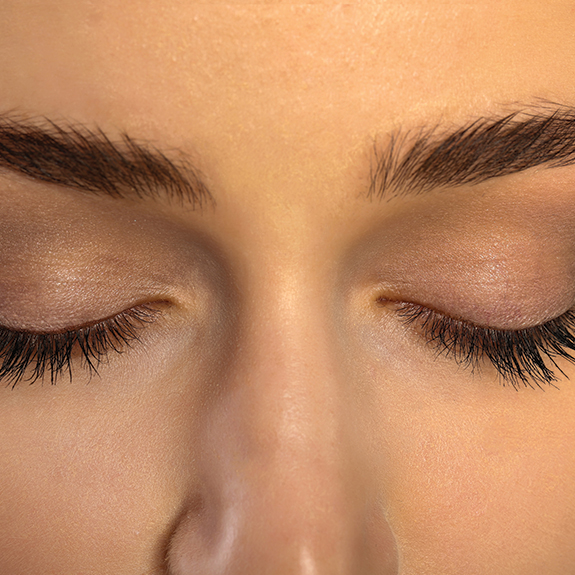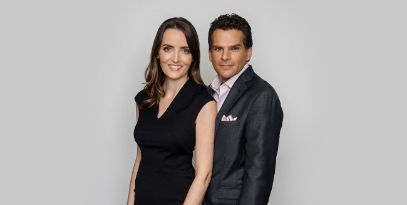Quick Links
What is Eyelid Surgery?
Eyelid surgery, also known as blepharoplasty, is designed to improve the appearance of the upper and lower eyelids. It is frequently performed for cosmetic concerns, however, many patients experience significant improvement in visual function following the removal of excess heavy upper eyelid skin.
Blepharoplasty surgery allows for the treatment of multiple issues related to the aging of the eyes, which include:
- Sagging skin of the eyelids can create a sad or tired appearance, sometimes even impairing your line of vision
- Bags underneath the eyes
- Fatty deposits that create puffiness in the eyelids
- Droopy lower eyelids
- Wrinkles and excess skin around the lower eyelid

Who is a good candidate for Eyelid Surgery?
Individuals who feel that the appearance of their eyelids makes them appear aged, sad, tired, or angry benefit greatly from eyelid surgery. Ideal candidates are in good general health, non-smokers, with realistic expectations, and without serious eye conditions. The best way to determine if eyelid surgery is right for you is through a consultation with one of our plastic surgeons.
Before + After
Patient Results
Your face is the first thing that people see and it’s important to make a good impression, not just for others but also for your self-confidence! Whether you’re looking for an anti-aging rejuvenation or wish to alter your facial features for a proportionate, enhanced look, we can make it happen. View our gallery to see the beautiful results you can expect from a facial plastic surgery procedure at our office.
BEFORE & AFTER GALLERYUpper Eyelid Blepharoplasty
Involves an incision hidden in the natural crease above the eyelid, through which excess skin and fat is removed.
Lower Eyelid Blepharoplasty
Involves an incision hidden just beneath the lash line or inside of the lower eyelid. Through this incision, excess fat is removed to remove puffiness and create a smooth, beautiful contour beneath the eyelid. Sagging skin may also be removed, depending on the individual case.
Recovery Process
Eyelid Surgery Recovery
 1-2 weeks
1-2 weeks
Eyelid surgery is performed as an outpatient procedure and can be done with sedation or under general anesthesia. Pain is minimal and most often controlled with over-the-counter pain control. Bruising and swelling begin to subside after 10-14 days. Patients should not drive for several days following eyelid surgery. It is recommended that you keep your head elevated for at least one to two weeks after surgery to minimize swelling. Patients may initially experience numbness and itching as the incisions heal, and these symptoms dissipate over time.
Frequently Asked Questions
Can Botox lift droopy eyelids?
Can droopy eyelids cause blurred vision?
Can I sleep on my side after eyelid surgery?
Can you get rid of hooded eyelids?
Can you go blind from blepharoplasty?
Does eyelid surgery leave scars?
How do you fix droopy eyelids?
How do you reduce bruising after eyelid surgery?
How is eyelid surgery performed?
How is upper eyelid surgery performed?
How long after blepharoplasty do you see results?
How long are eyes blurry after blepharoplasty?
How long does droopy eyelid surgery last?
How long does eyelid surgery take?
How long does it take for lower blepharoplasty scars to heal?
How long does it take to heal from upper eyelid surgery?
How long does plasma skin tightening last?
How long does upper eyelid surgery take?
How much is an eyelid surgery?
Is drooping eyelid surgery covered by insurance?
Is eyelid surgery painful?
Is eyelid surgery safe?
Is plasma skin tightening painful?
What can I expect after eyelid surgery?
Why are my eyelids hooded?

Silvia Kurtovic, MD & Raman Mahabir, MD
Board Certified Plastic Surgeons
At Tucson Plastic Surgery, we have a patient-centric approach that sets us apart from the rest. We take the time to really get to know you and your aesthetic goals during one-on-one conversations which help us to fully understand your motivations.








